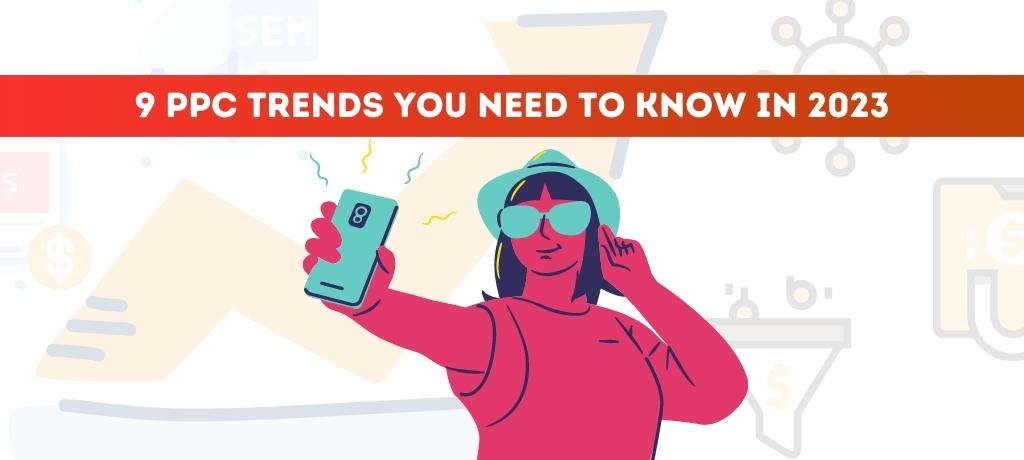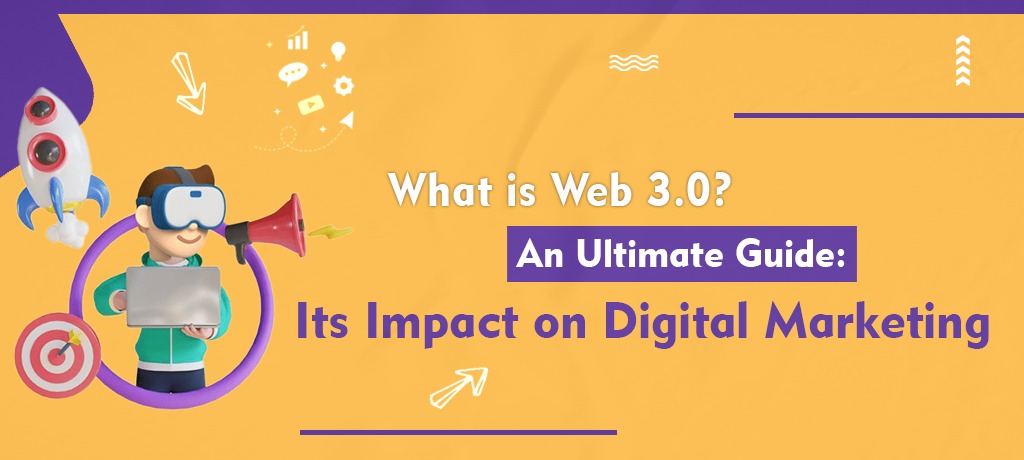The Impact of Voice Search on Digital Marketing
Publish Date Jul 28, 2023

The digital marketing field keeps evolving, and the emergence of voice search has been one of the major changes in recent years.
Thanks to the growth of smart speakers, virtual assistants, and voice-activated devices, consumers now utilize their voices to do informational searches, make purchases, and communicate with brands. This technology is changing the face of digital marketing as it gets more widely used.
This article examines how voice search has significantly changed digital marketing tactics and how companies may prepare for the voice-activated future.
1. Changing Search Behavior:
Voice search has transformed the way people look for information on the internet.
Instead of typing short phrases, users are now searching for queries in natural language. Due to this change in search behavior, marketers have been forced to reconsider their keyword strategies and adapt their content for conversational searches.
Using long-tail keywords and expressions that sound like spoken words to appear in voice search results has become integral.
2. The Rise of Featured Snippets:
Featured snippets, also known as position zero, have become highly coveted real estate in voice search results. When users ask a question, voice-activated devices often provide a concise answer pulled from a featured snippet. As a result, marketers need to prioritize generating content that gives concise, direct responses to frequently asked questions about their domain. Doing this raises their chances of appearing as the voice search's top result.
3. Local SEO and Voice Search:
Voice search and local SEO greatly influence local businesses because so many voice searches are for local goods or services.
"Near me" searches have become increasingly popular, emphasizing the importance of local SEO for businesses with physical locations. Optimizing Google My Business listings, ensuring accurate NAP (Name, Address, Phone) information, and cultivating positive customer reviews are all crucial for success in voice-activated local searches.
4. Rise of Voice Commerce:
Voice commerce, or v-commerce, is gaining traction as more consumers become comfortable making purchases through voice-activated devices. To enable efficient voice-based transactions, marketers must develop strategies that take advantage of voice-based promotions and discounts, secure payment alternatives and optimize product information for voice search.
5. Impact on Content Marketing:
Voice search has also had a significant impact on content marketing. Consumers prefer shorter, concise answers delivered in a conversational tone. This preference for brevity means marketers must focus on creating snackable, value-packed content that directly addresses user queries. Additionally, businesses may reach the expanding market of voice-activated device users by utilizing audio content like podcasts and audio manuals.
6. Personalization and User Experience:
Personalization and User Experience: Voice-activated devices gather a ton of user data, giving advertisers a better understanding of the preferences and actions of their target audience.
Businesses can provide tailored experiences that resonate with their audience by using this data sensibly.
In a voice-activated world, marketers may improve the user experience by offering personalized recommendations, voice-based loyalty programs, and interactive voice assistants that comprehend and anticipate customer demands.
Conclusion
Voice search is a game-changer in consumer interactions. To thrive in the future, marketers must adapt to voice search optimization, local SEO-featured snippets, and voice commerce. Embracing these changes fosters stronger connections with customers in this fast-paced digital era.
Popular Posts

Why Is Digital Marketing Important In Today's Time?
Oct 26, 2023

What is Performance Marketing and Its Importance?
Sep 12, 2023

The Impact of Voice Search on Digital Marketing
Jul 28, 2023

9 PPC Trends You Need to Know in 2023
Apr 12, 2023






